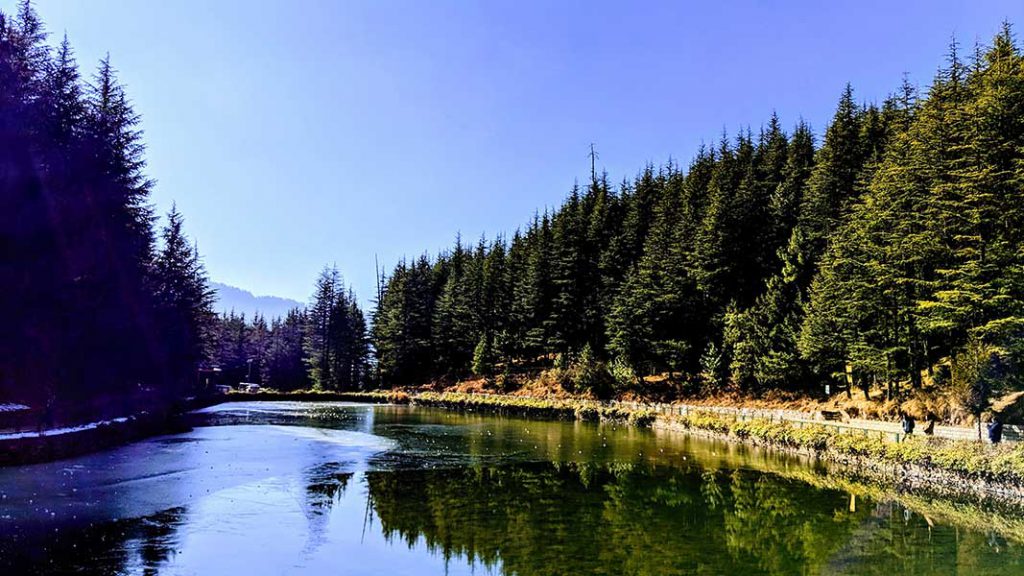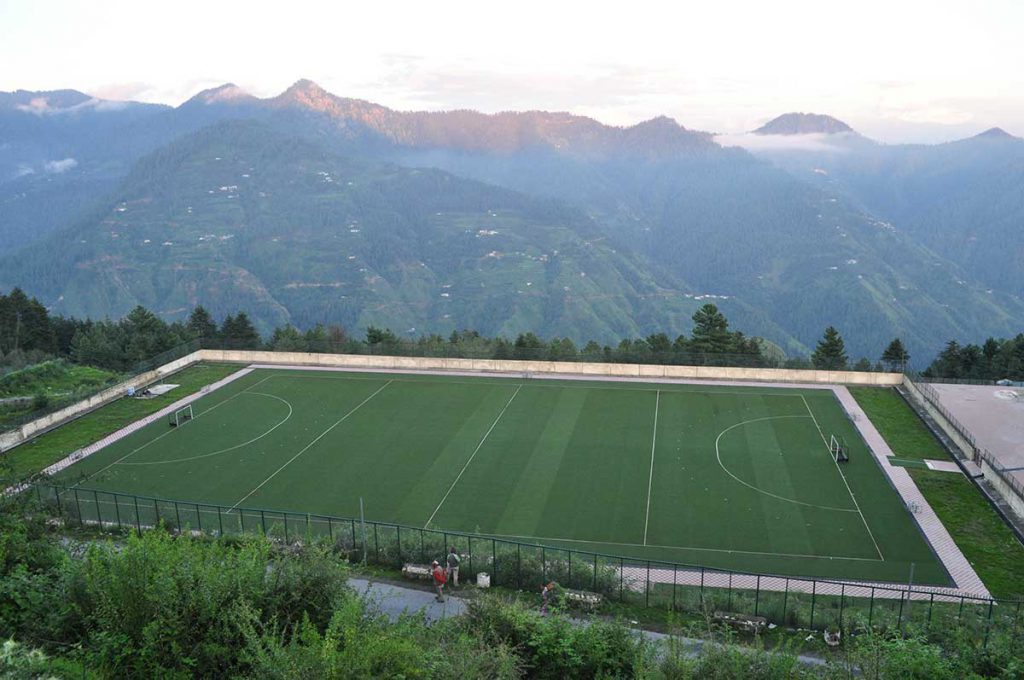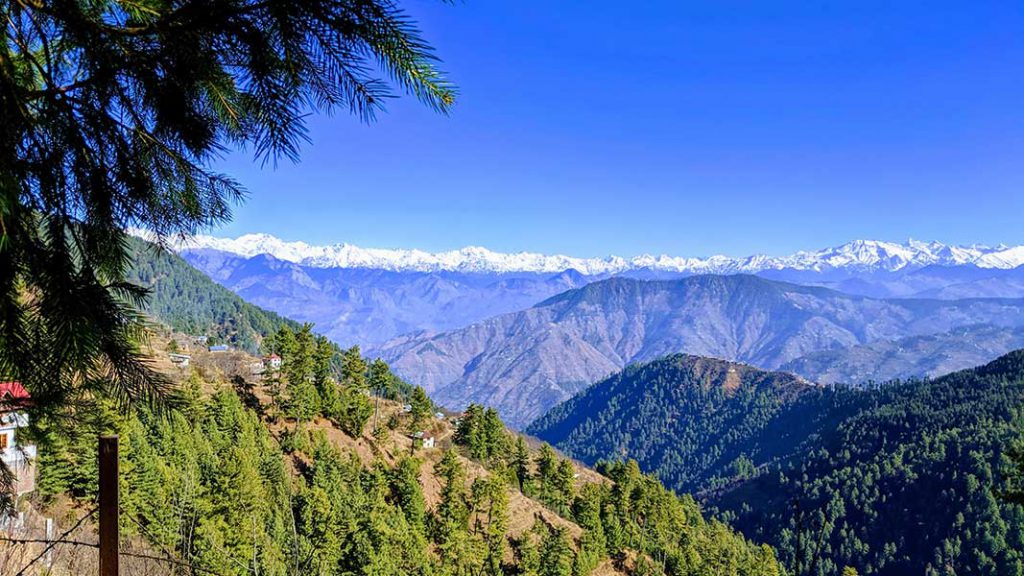Sumita Chopra Gakhar
Away from the city chaos in Narkanda, nearly 70 kms from the state capital of Shimla, begins the picturesque territory of one of the biggest apple heartlands of Himachal.

Narkanda is a traveler’s delight. A small town located at 8100 feet above sea level, offers a bird’s eye view of the mountain peaks. As you arrive in the middle of the small market, the air breathes pure and soothing so are the serene surroundings amass with cherry and apple plantations. Although, this small, quiet tourist destination is now better known for its trekking routes and for the skiing slopes that are laden with piles of snow in the peak winter months and become a haven for adventure lovers; summers and especially the apple harvest season is equally worth a rejuvenating holiday. For the other bunch, the most prominent visit is to the Hatu peak- a nearly steep 5km stretch till the top through meandering thick conifer forests and the green carpeted narrow road. The route also accessed by enthusiastic trekkers, offers a spectacular view of the Northern Himalayan peaks. The location is high and windy and just a spell of rain drops the temperatures quite low. The Kali temple at the peak built in the traditional pahari architecture is another sight to behold. You can sit back here, unwind and appreciate the endless charms of the pristine Nature.

Narkanda along with adjoining Kotgarh and Kumarsain form a major apple belt of the State apart from Kinnaur. Kotgarh, for that matter has a glorious historical past having the distinction of being the first village where apple seeds were grown. The place is abuzz with the stories of the man who revolutionized apple cultivation in the area. The credit goes to an American Missionary from Philadelphia, Satyanand Stokes who initiated apple plantation, although interestingly, the first apple tree was planted by Capt. R.C. Lee of the British army in the Kullu Valley in 1870. The tale began in 1904 when Samuel Evans Stokes landing in Kotgarah ( while Shimla was a British )as a 22 year old who later converted to Hinduism, married a local girl and made Kotgarh his abode. He found the climate and soil of the region conclusive to apple cultivation and planted trees on his 200 acres of land in 1919 which began bearing apples in 1925. There started the revolution when the natives started growing apples and soon it spread all over the Shimla hills. The apple boom since then, has improved the economy of the place. Unfortunately, very few people outside Himachal Pradesh are aware about the legacy of this pioneer who brought an economic revolution in the hills.
So when you come here next, don’t forget to savor apple wine apart from of, course tickling your taste buds with some sweet red delicious apples. You could also opt to visit the quaint little St. Mary’s Church in yellow surrounded by hills, established way back in 1872 by the Church Missionary Society London. Quite different in its architecture from other churches built in the State, the structure has an old world charm in its exterior as well as its stained glass panel that stand intact till date.
Apart from the lush apple plantations, the view of the Sutlej River during the day and the enchanting lights at night in the valley are indeed, a photographer’s delight. A few minutes away lies the Tannijubbar lake. A visit to the lake is must for its thick deodar cover and relaxing environs. There are ample opportunities for a nature walk around the orchards which definitely lift your spirits and refresh your souls.
It’s always a better deal getting hold of one of those traditional wooden homes (operating as home stays) with a valley view, a walk into the orchards, sipping your evening tea gazing at the far- fetched snow covered Mountain peaks of Kinner Kailash, a cool breeze around, bonfire and star gazing and a complete village Detox.

So whenever you wish to run away from the uninspiring plains, head to the woods and the apple orchards in Narkanda and Kotgarh for a refreshing experience.
By: Sumita Chopra Gakhar